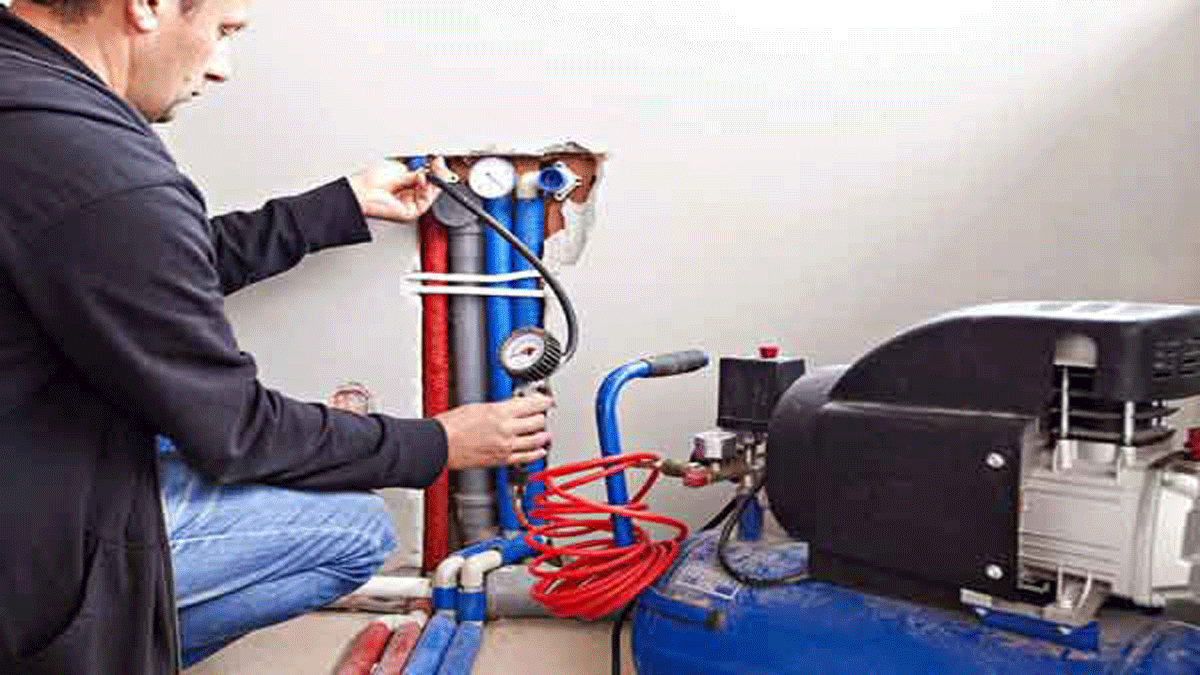Introduction

Air compressor are vital in numerous applications, from powering pneumatic tools to inflating tires. Their versatility makes them indispensable in industries like manufacturing, automotive, and construction. However, an often overlooked aspect is their watt usage. Understanding this can lead to more efficient and cost-effective operations. Air compressor wattage Usage is very important thing that we should know all over
Thank you for reading this post, don't forget to subscribe!What is an Air Compressor and How Does it Work?
An air compressor is a device that converts power into potential energy stored in pressurized air. By forcing more and more air into a storage tank, the air pressure increases. There are several types of air compressors, each working on a different principle:
- Reciprocating Compressors: Use pistons driven by a crankshaft.
- Rotary Screw Compressors: Use two meshing helical screws.
- Centrifugal Compressors: Use a rotating impeller to transfer energy to the air.
Understanding Air Compressor Watt Usage
Wattage in air compressors refers to the power consumption. Factors influencing wattage include the compressor’s size, design, and efficiency. To calculate watt usage:
- Formula: Wattage = Voltage x Current (Amps) This calculation helps in understanding the energy consumption for cost and efficiency management.
Air Compressor Types and Their Typical Wattage
| Compressor Type | Typical Wattage |
| Reciprocating | 1000-5000 Watts |
| Rotary Screw | 5000-15000 Watts |
| Centrifugal | 10000+ Watts |

Types of Air Hoses and Their Impact on Efficiency
Air hoses, essential for delivering compressed air, come in various materials:
- Rubber Hoses: Flexible and durable, ideal for heavy-duty use.
- Polyurethane Hoses: Lightweight and suitable for high maneuverability.
- PVC Hoses: Cost-effective but less durable.
The choice of hose can significantly affect the efficiency and watt usage of air compressors.
Choosing the Right Air Hose for Optimal Performance
Selecting the right air hose involves considering:
- Material: Rubber, polyurethane, PVC and if you want to know more about Hose Material Click Here.
- Length and Diameter: Should match the requirements of the application to avoid pressure drops.
- Impact on Watt Usage: The right hose can reduce the energy needed to compress air.
Air Compressor Wattage for Different Applications
Different tools require different wattages. For instance:
Light Tools (e.g., nail guns): Lower wattage.
Heavy-duty Tools (e.g., impact wrenches): Higher wattage.
Energy Efficiency in Air Compressors
Improving energy efficiency involves:
Regular maintenance.
Using the right hose and fittings.
Upgrading to more efficient models.
Tips for Energy Efficiency
- Regularly check for leaks.
- Use the correct hose size.
- Schedule routine maintenance.
- Consider upgrading to energy-efficient models.

Safety Precautions and Best Practices
Safety is paramount. Tips include:
Regular inspections.
Using relief valves.
Following manufacturer’s guidelines.
Troubleshooting Common Issues
Common issues affecting watt usage include leaks, blockages, and mechanical failures. Regular maintenance and timely repairs are crucial.
Conclusion
Understanding the watt usage of air compressors leads to better efficiency and cost savings. Regular maintenance and choosing the right components are key.

